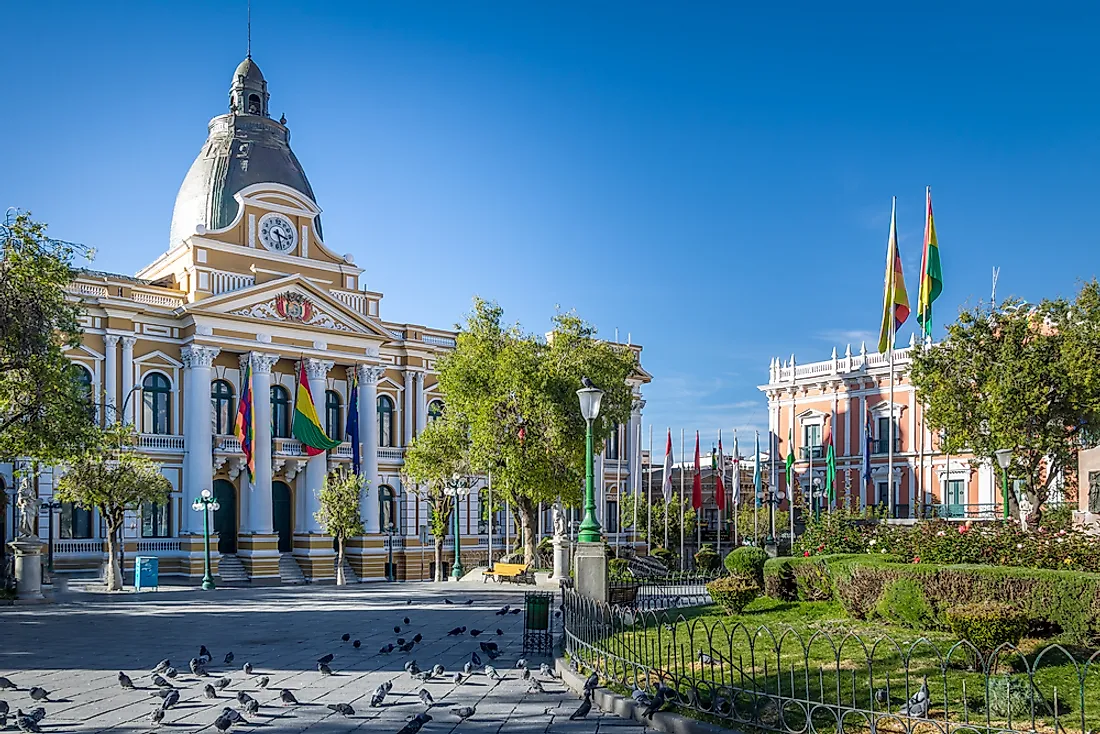Which Two Countries In The World Have A Female Majority In The National Parliament?

In most nations parliament is one of the branches of government and it is usually tasked with making the laws in the country. Various societies in the past had different systems of government such as the Athenian Assembly where all adult male Athenians who were not slaves could take part in making decisions on issues that affected them. The Ancient Roman Republic had a precursor of the modern parliament known as legislative assemblies which had a variety of functions such as the declaration of war on other territories. Men dominate most parliaments in most parts of the world with nations such as Oman and the Solomon Islands having the lowest percentage of women in parliament. The parliaments in countries like Rwanda, Bolivia, Cuba, and Iceland have the highest percentage of women in the world.
Countries With A Female Majority In Parliament
Rwanda
Rwanda's parliament is composed of 100 members of which 64 of whom are women. In 2003, Rwanda adopted a bicameral parliamentary system consisting of the chamber of deputies (lower house) and the Senate (upper house). In 2008, Rwanda became the world's first nation to have a female majority in parliament. Rwanda's chamber of deputies comprises of 80 members with a constitutional requirement that 24 seats be reserved for the women. The genocide in Rwanda changed the landscape of the state's population with the nation having significantly more women than men. The change in the country's demographics contributed substantially to having more women in parliament. One of the most notable women to serve as president of the Rwandese Chamber of Deputies was Donatille Mukabalisa who was elected to the position in 2013. A lawyer by profession, she amassed 79 votes out of 80 giving her a nearly unanimous mandate. Rose Mukantabama was Rwanda's first female speaker, and she was elected in 2008. Women currently make up 38.5% of Rwanda's Senate.
Bolivia
The South American nation of Bolivia has the second highest percentage of women in parliament at 53.1% in 2015. Bolivia's parliament, like Rwanda's, is bicameral with a chamber of deputies (lower house) and a senate (upper house). The Bolivian Senate is made up of 36 members while the chamber of deputies has 130 members. The UN declared that Bolivia has the highest percentage of women inclusion in South America due to laws it passed to ensure gender equality. Bolivia's history was full of gender discrimination, particularly against indigenous women. Some of those who worked tirelessly to ensure the end of gender discrimination in Bolivia include Juana Tambo and Maria Patzi Fernandez. Bolivia is unique as the leaders of both parliamentary houses are women. The current president of the Bolivian Chamber of Deputies is Betty Asunta Tejada Soruco while the president of the Senate is Gabriela Montaño Viaña.
Gender Discrimination in Politics
Over the course of the world's history, women have been the victims of discrimination as men considered them weaker. In Athens, women, irrespective of whether or not they were free, were not allowed to participate in the city's decision making. Some of the most famous Greek philosophers, Aristotle and Plato, considered men to be far superior to women particularly in leadership. In the US, women attained the right to vote in 1920 through the enactment of the 19th amendment. Attitudes towards women have gradually improved; however, leaders such as Maria Patzi Fernandez urge people to be cautious as much more needs to be done.











